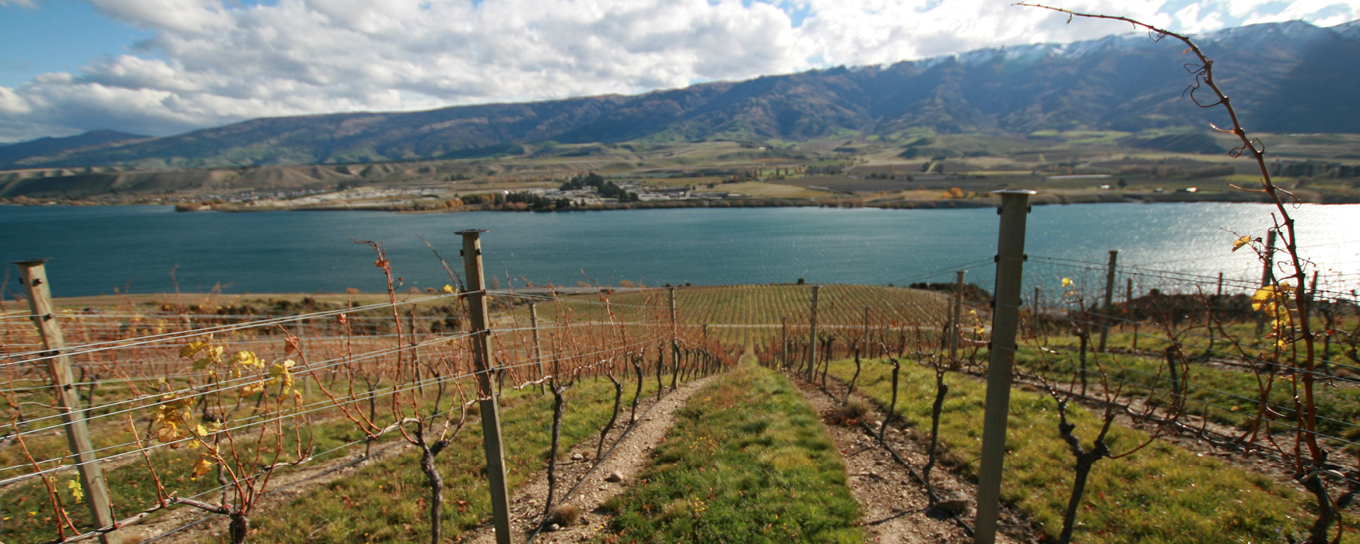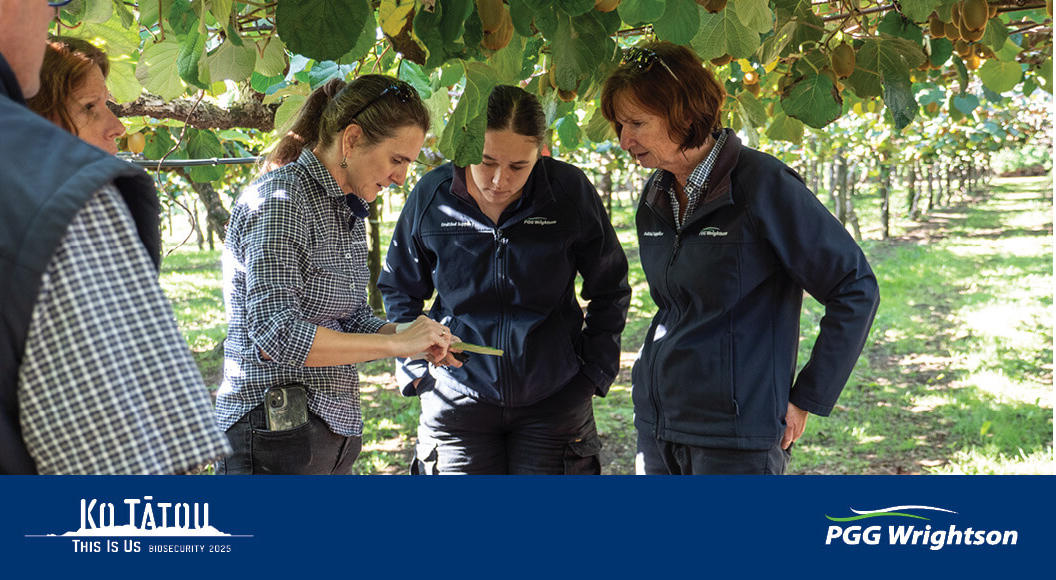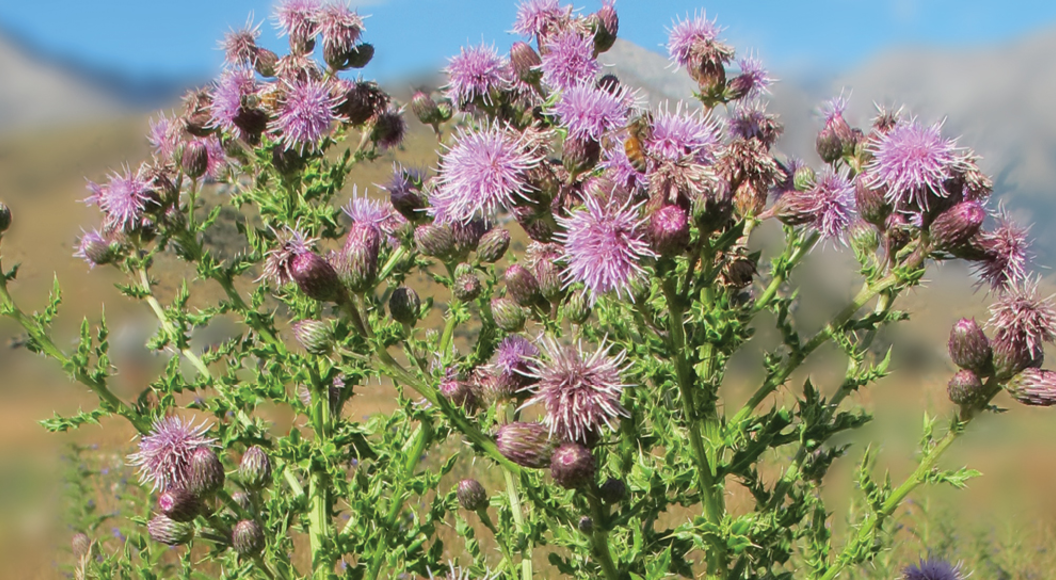
Custom solution for Misha's Vineyard
When Kelley Hamilton, viticulturist and vineyard manager for Misha’s Vineyard in the Bendigo sub-region of Central Otago, needed a solution for persistent red fescue under their grape vines, she enlisted the assistance of her Fruitfed Supplies Technical Horticulture Representative Brent Anderson.
Brent, in turn, consulted with Mike Cox from Nufarm to help with the initial glyphosate product and rate. The resultant ‘brew’ includes Weedmaster TS540, the adjuvant Li-700 and BioStart Digester to help break down the tough grass cells. By way of background, Kelley says the block was originally planted with red fescue in the interrow mix. “It is a good, hardy grass for the interrow, but it also spreads and thrives under the vines. Where the red fescue persists under vines, we observed reduced vine vigour, hence the decision to seriously target it.” The red fescue has been an ongoing issuewith attempts to eradicate it including cutting it with a line trimmer (weed eater) to open the tuft prior to spray application, targeted hand spraying, and various herbicides applied via the regular under vine weed spraying. Brent says the red fescue continued to thrive regardless. “It practically laughed at us.”
With the custom herbicide blend in hand, Kelley says the first application at a higher water rate had some effect against the fescue. “The subsequent application with a lower water rate seemed to work best. The Digester certainly helps break down the plant tissue so now the clumps are disintegrating. We’ll make a final post-harvest application to our worst affected block as part of our autumn clean-up and I think we’ll be in a much better position for next season.” Misha’s Vineyard owners Misha and Andy Wilkinson have managed their vineyard under the Sustainable New Zealand Wine growing programme for many years, so to balance necessary inputs such as the herbicide applications, Kelley and the team are making and applying their own compost.
Creating a V-shaped trench under the long row of compost, which is on a slope on top of a plastic liner, means they have also been able to collect a compost leachate which is diluted and applied to the vines. Kelley observed that the vines which had compost applied last season held onto their leaves longer this autumn than other vines. “The compost addition improves soil fertility and increases its water holding capacity.”The development of the composting systems is an ongoing project, as is the collection of suitable inputs for the compost heaps. Grape marc, left from the winemaking process, forms the bulk.
Other inputs are bentonite, a little lime, pea straw and sheep manure which comes from Bendigo Station, where the vineyard is based. Kelley is considering growing cover crops like oats or broad beans to be cut and added to the heaps. “While it is probably more expensive to make your own compost, rather than buy it in, we believe in recycling what we can from the property. Even the used paper towels from our tasting room can be added to the compost. Our sand, gravel and schist soils have very low organic matter so everything we can add to improve this is making the vineyard more sustainable.


